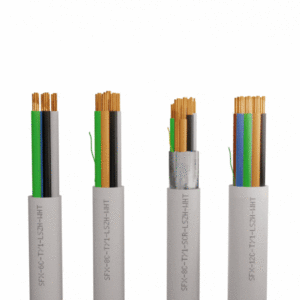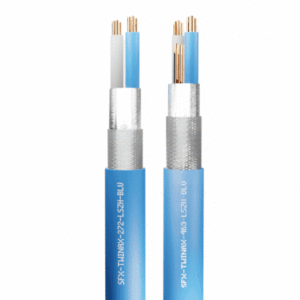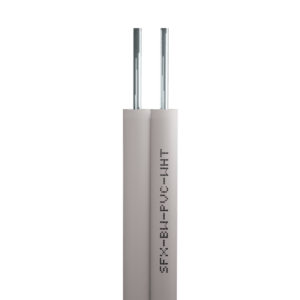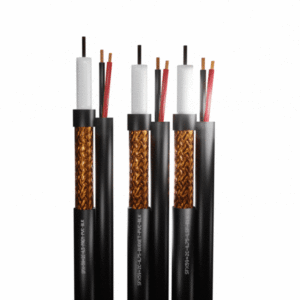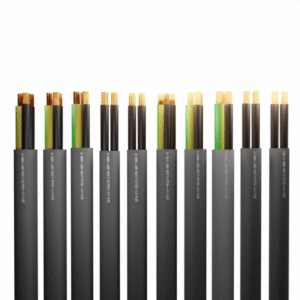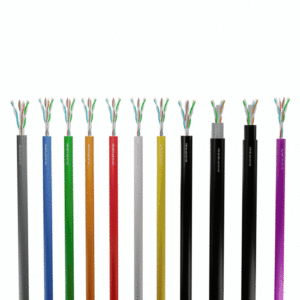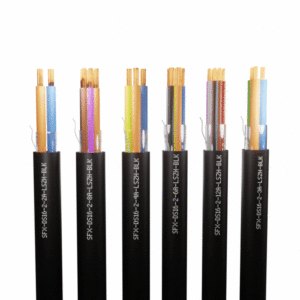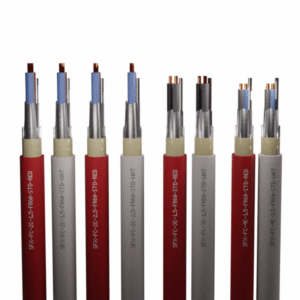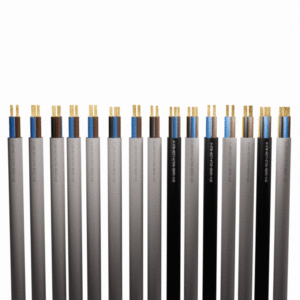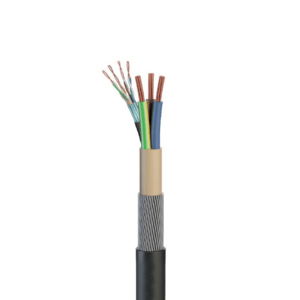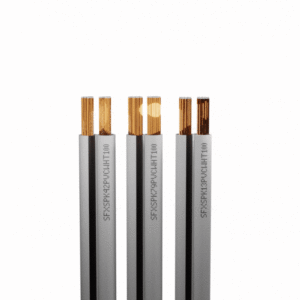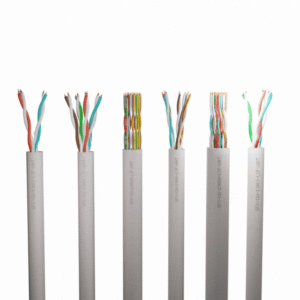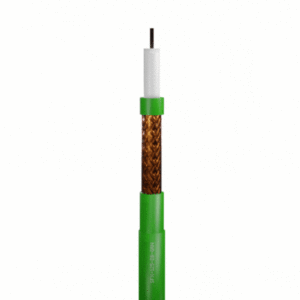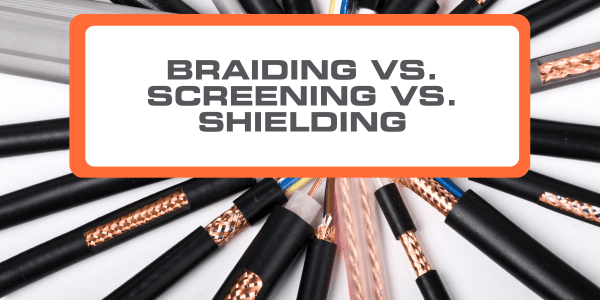Cables use screening and shielding to protect the cable and add resistance to interference from other cables or devices.
Many people often get confused between braiding, shielding, screening and other terms, so we’ve made a handy guide to what all of these types of protection mean!
Shielding or Screening?
Shielding and screening are the same! They are both a protective layer added over the conductors to protect the cable from, or prevent it from causing, electrical interference. Disturbance can cause lower quality signal or data loss and can therefore result in equipment failure, therefore it is essential to choose the right screening for the right purpose.
Shielding and screening come in many different forms, each with a specific purpose.
Types of Shielding
Braiding
Braiding is when cables are woven in a lattice of thin tin or copper wire, looking like a braid as the name suggests.
The coverage of the braid (often referred to as the density) depends on the number of strands or wires within each plait. It also depends on the thickness of the braid strands. The diameter of the braid wires also specifies the level of damage the cable can withstand.
Braiding is used for mechanical protection against any electrical or electromagnetic interference, as well as to add strength to the cable. Braiding is usually applied either over the inner sheath if there is one, or directly over the core bundle.
Braiding can be applied in different materials for very specific purposes:
- Copper – used for screening against electromagnetic interference
- Steel – used for mechanical protection
- Glass or Ceramic fibres – used for high temperature environments
- Rayon – used for torsional strength
Although braided shielding can be more costly and time consuming to produce, it is flexible and versatile, and performs well at all frequency types.
Foiling
Foil screening involves wrapping the cable cores in aluminium or polyester laminated tape to increase durability. The foils must be in contact with a bare wire to act as an earthing point.
Foil shielding can offer up to 100% coverage and can withstand high-frequency applications. It’s also quick, cost-effective and easy to produce due to its lightweight nature.
However it is slightly less durable than traditional braiding, so it is not recommended to use foil shielding in areas where a lot of flex is needed.
Armouring
Armouring is not a form of screening, but it is a common method of protection for cables. It is often constructed by winding galvanised steel wires over the cable in the form of a spiral.
Armouring is often used when cables are to be laid in an outside environment – it prevents vermin and termites from attacking and damaging the cable.
Though armoured cable can be less flexible and harder to terminate, there is no better way to protect a cable from this sort of interference.
For more information about cable screening, get in touch with our friendly team, or shop our wide range of cables today.

